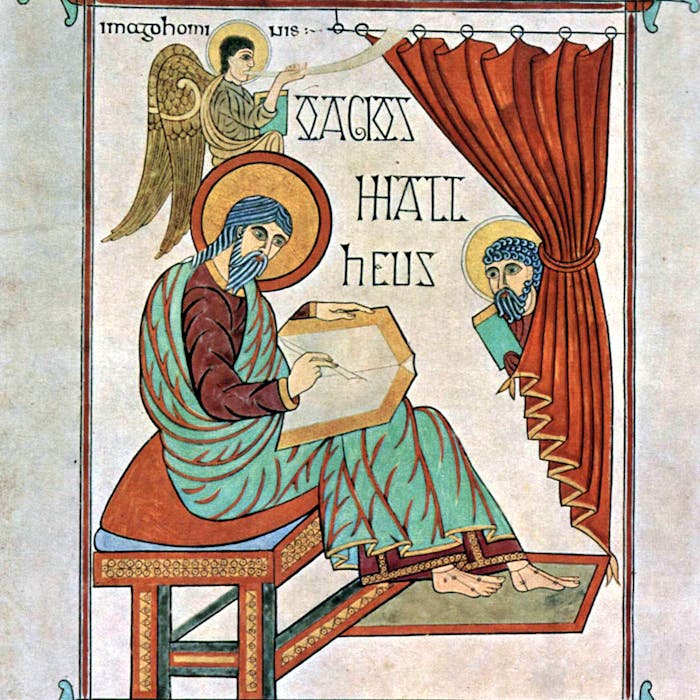
The Lindisfarne Gospels - an early Medieval masterpiece
The Lindisfarne Gospels is an illuminated manuscript created around 700 AD at the famous religious community of Holy Island off the Northumberland coast. It is regarded as a historical marvel representing Anglo-Saxon art, culture and religion, and is now kept in the British Library in London.
More commonly referred to as Holy Island, Lindisfarne was settled by a group of Irish monks who had been invited to establish a monastic community there by King Oswald of Northumberland in the mid-7th Century.
The Lindisfarne Gospels is a copy of the four Gospels, the biblical books recounting the life of Christ. There are also associated texts that typically form part of Gospel-books, such as chapter lists and letters written by St Jerome. The book is believed to have been produced in honour of St. Cuthbert, the Anglo-Saxon saint of the early Northumbrian church in the Celtic tradition, and a monk and bishop.
The copying and decoration of the Lindisfarne Gospels represent a remarkable artistic achievement for the time. The book includes five highly elaborate full-page carpet pages, so-called because of their resemblance to carpets from the eastern Mediterranean.
It is thought that the Lindisfarne Gospels were being kept at Durham Cathedral at the time of the Dissolution of the Monasteries. It then fell into private hands, before eventually being given to the British Library, where it now remains.
It was originally bound in a cover of metal and precious stones, but this disappeared during a Viking raid.
Further reading
Links to external websites are not maintained by Bite Sized Britain. They are provided to give users access to additional information. Bite Sized Britain is not responsible for the content of these external websites.
